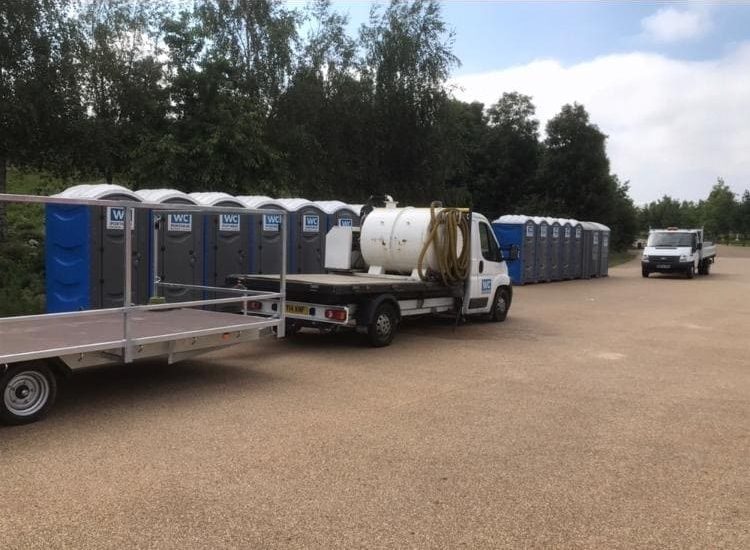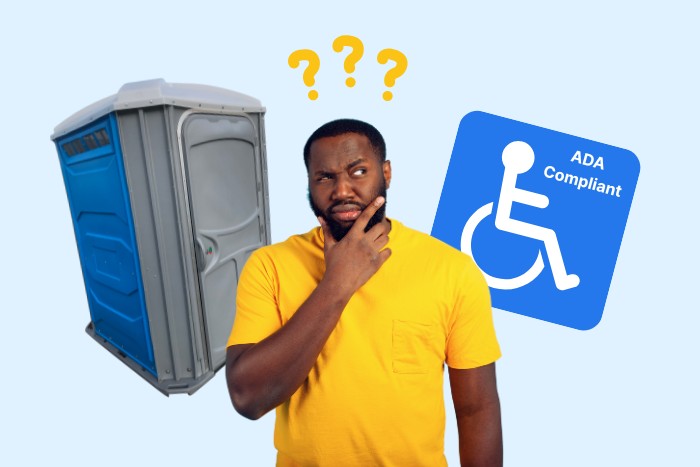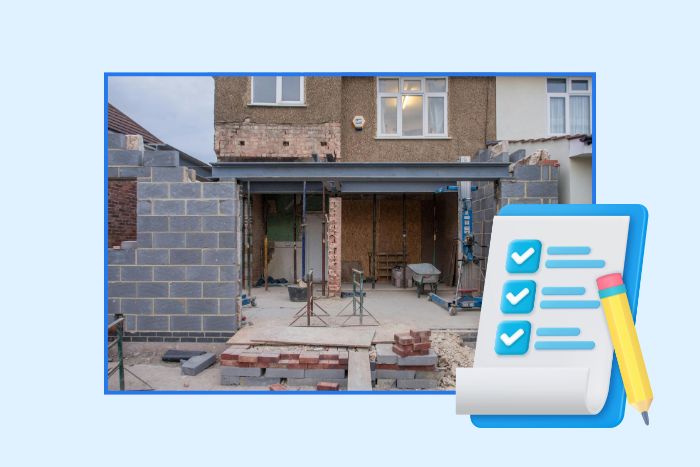Have you ever tried predicting if you’d require single or multiple toilet flushes? This is usually after doing a number two. Most times we keep the toilet cover down and flush once. One would usually dash off without checking to ensure none of our footprints is left in the bowl. It is never a good sight to meet the remnant of the previous user’s faeces. Being thorough with flushing indicates your level of toilet hygiene. Maybe, checking to see if everything is gone after a second flush could be a great approach.
You would expect a single flush to be enough but not in all situations. We’ve got some common reasons why you’d require a second or third flush after answering the call of nature.
Reasons why you need multiple flushes after using a toilet
1) Low water in toilet tank: The water level in the private or public toilet tank determines the power of the flush. With low-level water, one may require to run multiple flushes to ensure all of the remnants are washed away. A common tip to resolve this issue is to adjust the float higher to increase the water level. An increase to the water level results in a possible thorough flush.
2) A flipper that closes too early: When you have a flipper that closes too soon, you are likely to run two or more flushes to maintain or enhance the state of the toilet. It is advisable to check the length of the chain. As the slackness for most standard toilets should be 1/4 to 1/2 inch of slack. If the slack of your chain is not within this range you might be required to adjust accordingly.
3) A clog in the trap: This could also impact the power of a toilet flush. As a trap in the seway or vent pipes could easily lead to a slow and less effective flush. A good way to determine if you’re experiencing a clog is by pouring a bucket of water into the bowel. If your toilet bowl flushes normally, there is no clog in the trap or pipe. On the opposite end, a poorly formed or watery stool, could cause splatter and require multiple flushes to ensure a pristine hygiene standard is maintained.
4) The nature of your poo: There are certain moments in life when we are shocked by the nature and size of the faeces released from our bowels. Your poo may be so dense and hard that it blocks the water from properly draining into the sewer pipe. As hard poo could be caused by one’s colon absorbing too much water.
5) Build up of sediment in the water line: This is also a common cause of low flushing toilets. A sufficient build-up of sediments reduces the water flow during flushing. Cleaning the lines is a way of clearing up the sediment for effective flushing.
These are some of the cases where you’d be required to flush multiple types. This will make the next user of the facility hold you in higher esteem.




